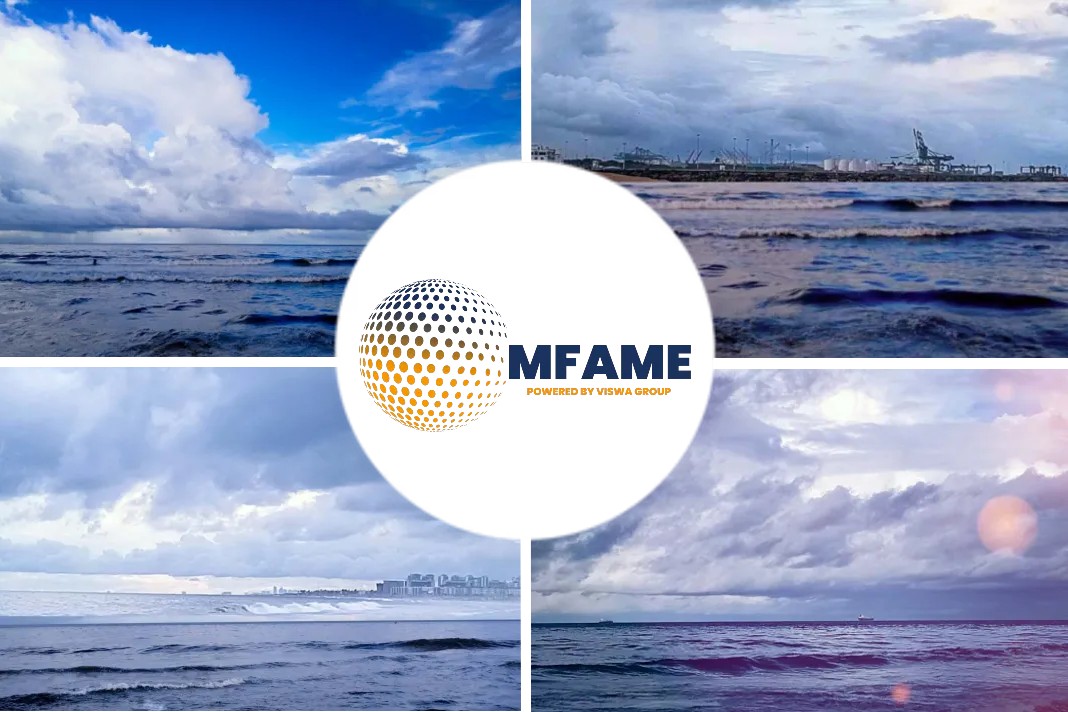One of the most widespread pollutants in the ocean is also one of the hardest to see. Trillions of tiny particles of plastic—known as microplastics—can clog the intestines of fish, destroy the tissues of marine creatures, and cause entire populations to decline. Their small size also makes them almost impossible to clean up.
Now, scientists have discovered a marine organism that’s not just invulnerable to microplastics, it may have a way to eliminate them—literally, reports Science.
Mussels are invulnerable to microplastics
The blue mussel (Mytilus edulis)—a voracious, filter-feeding mollusk with a blue-black shell—ingests microplastics and other pollutants alongside its typical fare, sequestering the contaminants in feces that are much easier to remove from the water than are the plastics themselves.
The mussels are essentially “putting the rubbish out for us to collect,” says Penelope Lindeque, an ecologist at the Plymouth Marine Laboratory who led the research.
To conduct the work, Lindeque and her colleagues collected blue mussels from a farm in Cornwall, England. Scientists already knew the creatures could filter microplastics in still water in a lab, so they tested them in more dynamic conditions. After placing the bivalves in a steel tank, they pumped in microplastic-laden water. True to their reputation, the mussels gobbled up the plastics, eventually consuming about two-thirds of the microplastics in the tanks and sequestering them in their feces.
The mussels were similarly heroic in the real world. Scientists placed them in baskets and brought them to a nearby marina. They chose an inlet subject to runoff, pollution from boats and ships, and spillover from storm overflow drains. After lowering baskets with about 300 blue mussels into tanks in the water, they used a trap below each basket to capture feces. A second tank with an outlet allowed water to flow back into the surrounding environment.
The mussels filtered about 240 microplastic particles per day, the team reports in the Journal of Hazardous Materials. The lab work suggests the mussels could do an even better job with higher concentrations of microplastics in the water, removing about a quarter of a million particles per hour.
Using mussels hand gathered from a nearby estuary, the scientists confirmed that dense mussel feces, including those with microplastics, sink rapidly in seawater. That makes the pollutants easier to collect than free-floating particles.
But how to dispose of this waste?
Lindeque hopes to investigate whether microplastic-laced mussel feces could be converted into a useful biofilm. That way, she says, “not only is it removed from the marine environment, but we could use it for something beneficial as well.”
Still, “You’d need a heck of a lot of mussels in a lot of different areas to really make a significant impact,” says Evan Ward, a University of Connecticut environmental physiologist who was not involved with the research. He estimates it could take 2 million or more mussels filtering 24 hours per day at a constant rate—conditions unusual in the wild—to “treat” the water in a single New Jersey bay. One upside of using mussels as marine janitors, he says, is that they don’t retain significant amounts of plastic in their tissues, so they should still be safe to eat.
Susanne Brander, an ecotoxicologist at Oregon State University, agrees that the solution is clever, but probably not practical as a stand-alone fix. “This is going to reduce [microplastics] slightly if it were applied on a large scale, but it certainly is not going to completely eliminate the problem.”
One challenge, Brander says, is that maintaining a balanced ecosystem means only so many mussels can be placed in an area at one time. The creatures are also selective eaters that consume particles only of a particular size, she notes, so they necessarily leave some microplastics behind. Yet there is a possibility that microplastics in mussel feces in the wild could eventually become trapped in seafloor sediment where it is less harmful to marine life; Lindeque and her team measured average sinking rates of up to 278 meters per day.
Lindeque is now scaling up the system to try it at different sites. She’s optimistic about mussels filtering a meaningful amount of microplastics and other pollutants. But she stresses that the true solution lies not in mussels, but in people. “We need to be stopping plastics at the source.”
Did you subscribe to our newsletter?
It’s free! Click here to subscribe!
Source: Science























